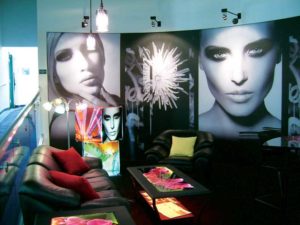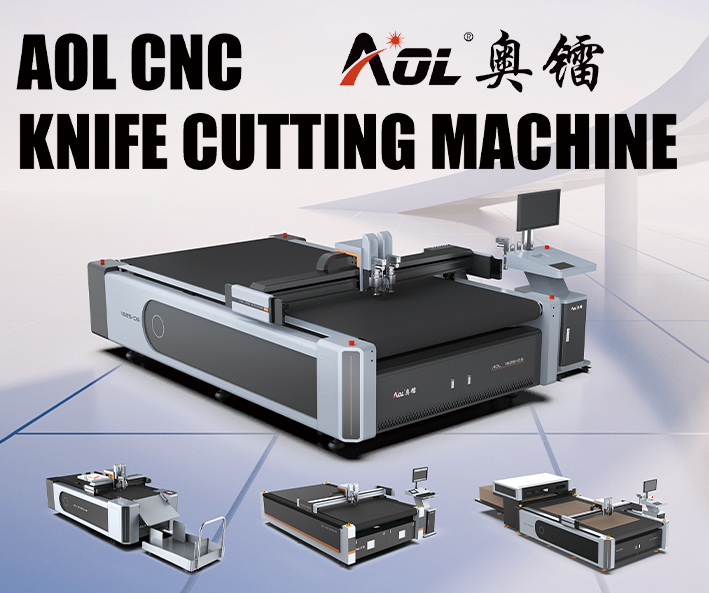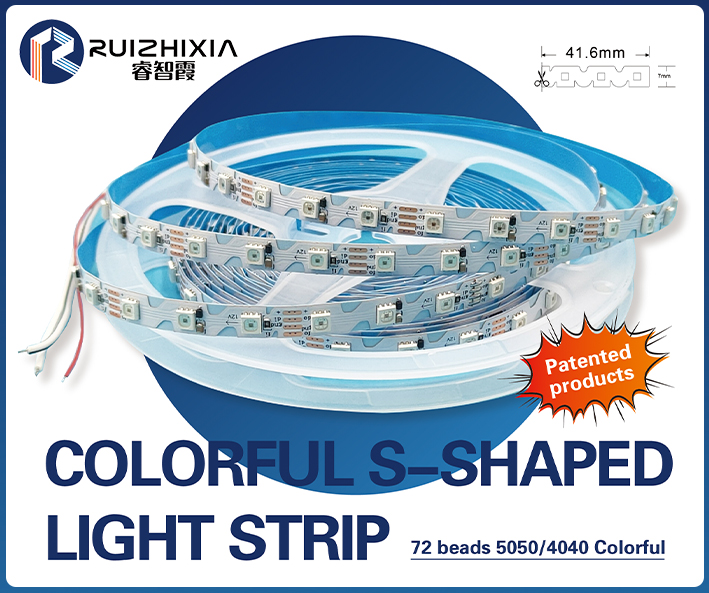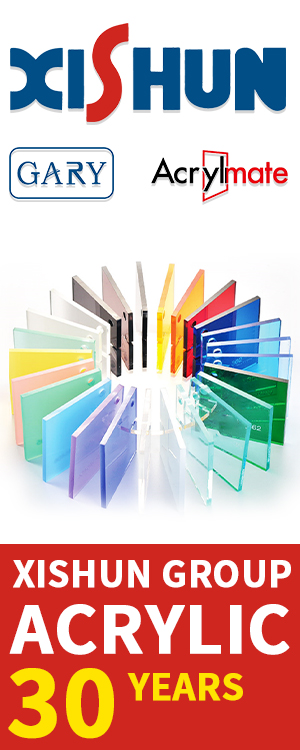
In recent years, fabric printing has moved beyond clothing and apparel, dye sublimation and screenprinting with the advent of digital direct-to-textile printing. Thousands of solvent-based, eco-solvent, durable aqueous‘latex’and ultraviolet-curing (UV-curing) wide-format digital inkjet printers can be used today to produce a broad variety of unique fabric applications.
This segment of the market is getting talked about a lot in the sign industry because the growth of digitally printed textiles continues to outpace overall graphics growth. Advertisers and marketing executives are drawn to the sophisticated and elegant look and feel of fabrics.
Signmakers do not have to research industry statistics and expert opinions to understand the opportunities—they need only look around to realize fabric graphics are everywhere today. Despite this ubiquity, however, there are still several key challenges facing those who are seeking to get into the soft signage market.
One is their perceived lack of knowledge to make the transition to using fabrics, particularly in terms of colour management. Another is the perception of fabrics as too expensive, accompanied by worries over how to sell textile- based concepts to customers. These concerns can easily lead to ‘paralysis by analysis.’
There are also challenges related to finishing fabric graphics. Signmakers may need to learn about and adopt slot frame systems, sewing machines, hemming tape, heat welding, hot knives and/or liquid lamination.
Given these challenges, the path to success starts not only with technical training, but also with understanding how best to sell the value of textiles to customers.
Fabrics are light, which makes them more portable and easier to install than rigid substrates. They are also free of polyvinyl chloride (PVC), which is important for many applications today, including some retail locations—not only because of environmental and health concerns about PVC, but also because fabric provides a softer and more appealing appearance than a PVC coating.
Finally, it is important for signmakers to focus their sales efforts not so much on the textiles themselves, but rather on their value-added applications. A sign shop's showroom should serve as a creative demonstration centre for everything from fabric-based banner stands to customized flags to fine art reproductions on canvas to temporary event graphics.









